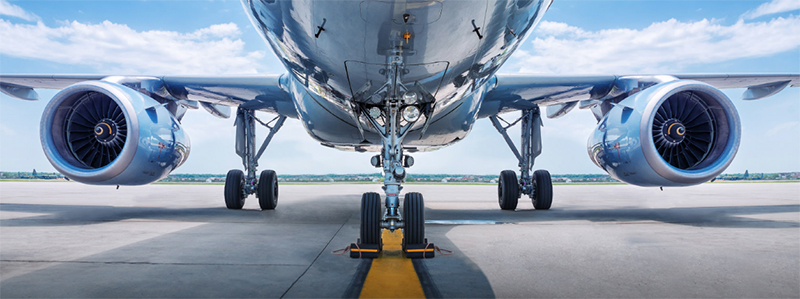Researching For The Sky

The following story originally appeared in the Summer 2018 edition of Baylor Magazine. Click here for the complete article.
More than a century afer the Wright brothers’ historic flight, researchers— including Baylor faculty—continue to look skyward to advance the knowledge of aviation.
Faculty and students in the University’s School of Engineering and Computer Science (ECS) take part in research to improve a variety of issues in the aviation industry—from icing on wings and turbines and composite materials for jets to radar, gas turbines and quiet propellers—to impact safety, performance efficiencies and cost effectiveness.
Stephen McClain, Ph.D., associate professor of mechanical engineering, joined the ECS faculty in 2007 and is among those whose research is helping to forge the future of aviation. He is engaged in three externally sponsored projects directly related to the aviation industry, and in all of those projects, collaboration with fellow faculty and students is key.
One of his research projects is a National Aeronautics and Space Administration (NASA) collaborative agreement focusing on airframe in-flight icing physics.
“The specific issue of interest is measuring and modeling roughness on aircraft surfaces that forms during the early stages of ice accretion events and quantifying how the ice roughness affects the energy transfer from the water to the airstream,” McClain says. “This research is intended to improve ice accretion codes developed by NASA that will be used by U.S. manufacturers in the design of future-generation aircraft.”
Other professors throughout the department engage in aerospace research in areas such as composite materials, next-generation radar, microwave-applied metrology and more.